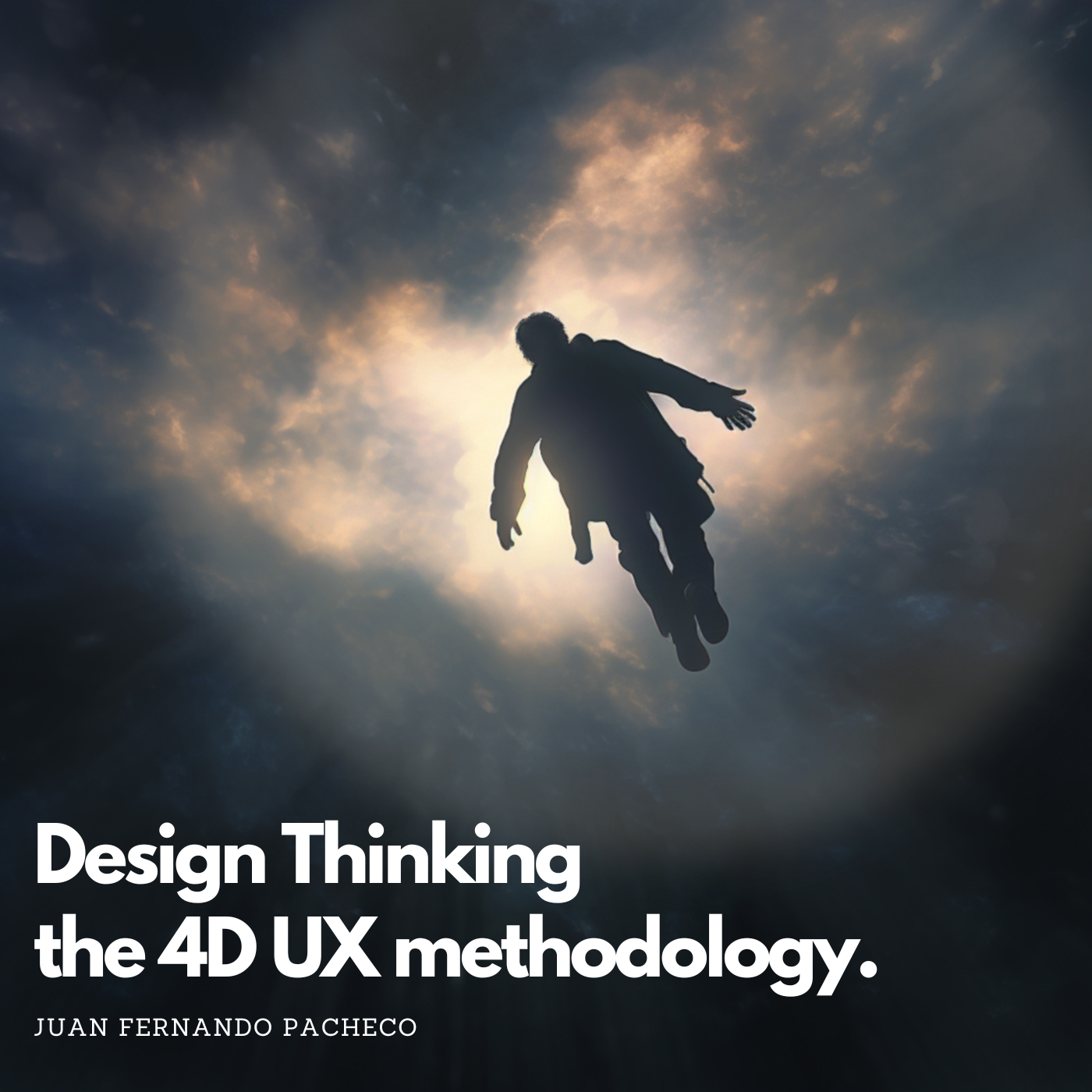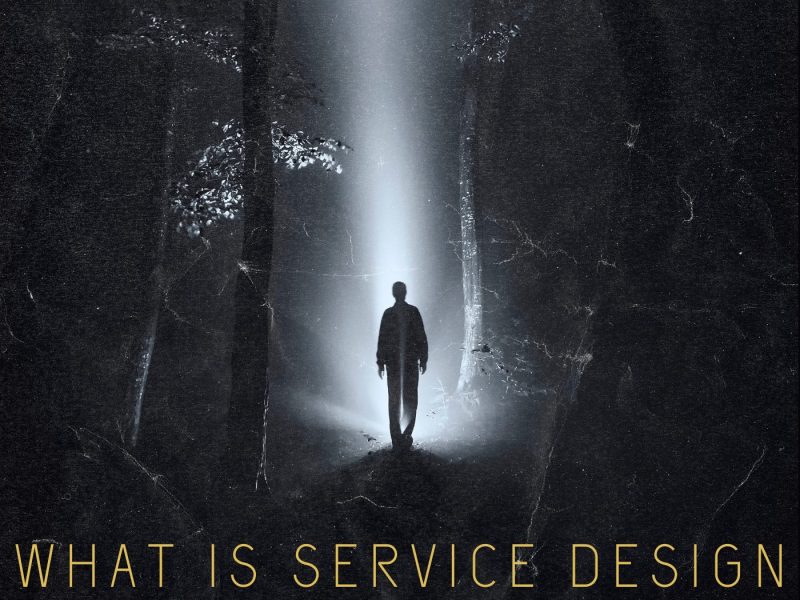This episode reframes problem-solving through the lens of Design Thinking—a human-centered approach rooted in empathy, creativity, and iterative learning.
The hosts unpack the 4D UX framework (Discover, Define, Design, Deliver), a roadmap for transforming user insights into impactful solutions.
1. Discover: Immerse to Understand
Goal: Become a “user detective” by gathering deep, contextual insights.
Methods:
Observe users in their natural environments.
Conduct empathy-driven interviews to uncover unspoken needs and frustrations.
Map technical requirements (e.g., site architecture) alongside behavioral data.
Outcome: A holistic view of user motivations, pain points, and ecosystem dynamics.
2. Define: Synthesize to Clarify
Goal: Distill findings into actionable problem statements.
Methods:
Analyze data to identify patterns and core challenges.
Craft user personas (data-backed archetypes) to humanize design goals.
Test assumptions by “walking in the user’s shoes.”
Outcome: A focused design direction, e.g., “Redesign a banking app to simplify financial tracking for overwhelmed millennials.”
3. Design: Ideate to Innovate
Goal: Turn insights into tangible solutions through collaboration.
Methods:
Brainstorm freely—no idea is too wild.
Sketch low-fidelity prototypes (even stick figures!) to visualize concepts.
Test early with users, iterate rapidly, and balance creativity with constraints (e.g., security vs. customization).
Outcome: A user-validated blueprint for development.
4. Deliver: Build to Evolve
Goal: Launch solutions while embracing continuous improvement.
Methods:
Develop high-fidelity prototypes using tools like Figma.
Rigorously test functionality and usability pre-launch.
Post-launch: Monitor feedback, analyze metrics, and refine.
Outcome: A living product that adapts to user needs over time.
Case Study: Banking App Redesign
Discover: Interviews revealed users felt overwhelmed by cluttered interfaces and hidden fees.
Define: Goal shifted to creating an “intuitive, personalized hub for financial control.”
Design: Prototypes prioritized clean data visualization and AI-driven spending insights.
Deliver: Launched app saw 40% higher engagement, with ongoing tweaks based on user surveys.
Design Thinking Beyond UX:
Empathy in Action: Listen actively—whether resolving workplace conflicts or planning a family event.
Experiment Fearlessly: Test new approaches in small steps (e.g., a weekly meal-planning hack).
Iterate Always: Treat life’s challenges as prototypes—learn, adjust, repeat.
Key Takeaway:
Design Thinking isn’t just a process—it’s a mindset. By prioritizing human needs and embracing “messy” iteration, we craft solutions that resonate deeply. For deeper dives, the hosts recommend “The Design Thinking Life Playbook” for practical, everyday applications.
Final Note:
The 4D framework is a cycle, not a straight line. As the hosts stress: “The best designs—and solutions—are never ‘done.’ They grow with the people they serve.”


